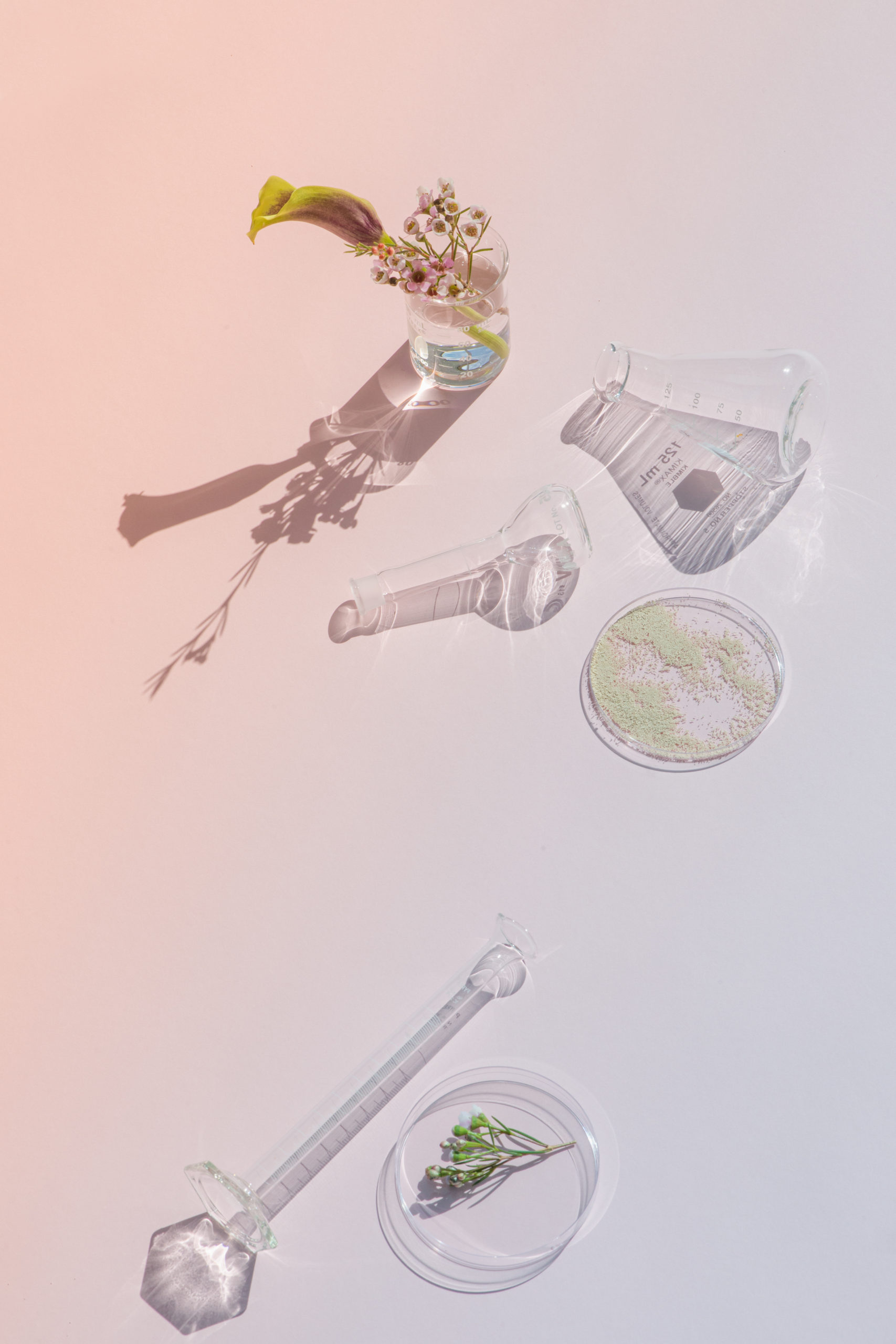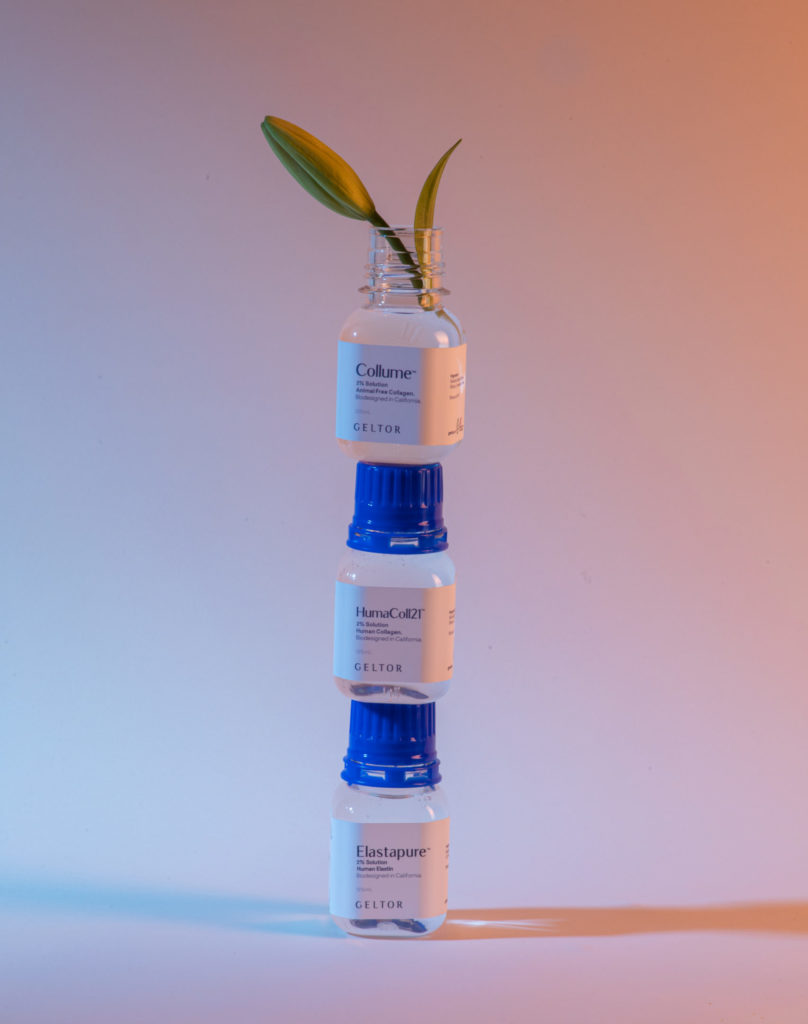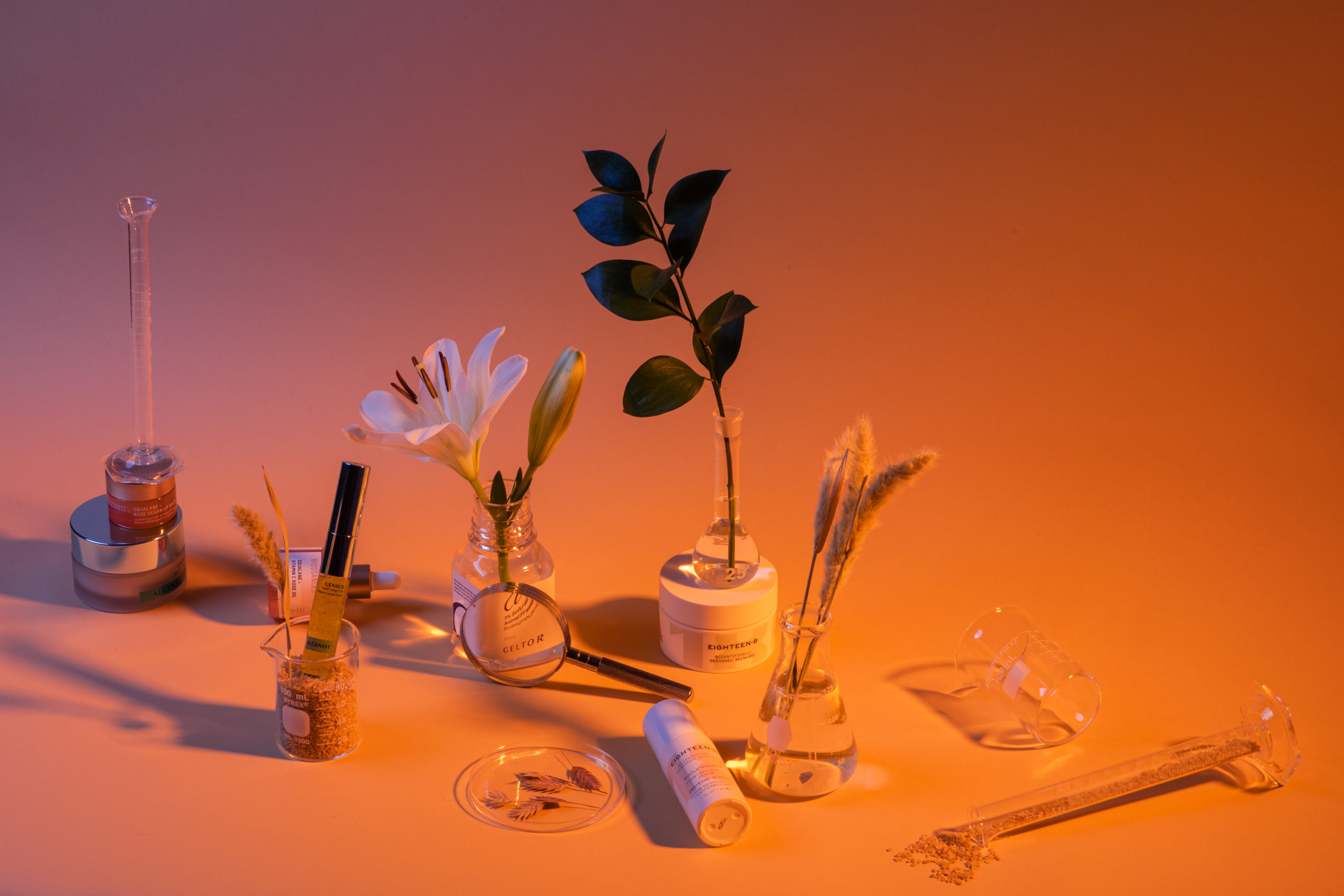There has always been a tension between what beauty products purport to be and what they actually are — between the pure nature suggested by their branding and the jumble of chemicals listed on the back. Beauty companies have recently been trying to resolve that dissonance. Proclaiming a new era of transparency, more and more brands pride themselves on exhaustively disclosing the ingredients and practices that go into their products. And so, the days of mysterious line-erasing potions and secret complexes of indeterminate origin seem to be numbered. Magic is no longer accepted as an active ingredient. Instead, we are getting virtuous declarations about what a cream or lotion does not contain (no parabens, sulfates, petrochemicals, or “nasties”), maps that pinpoint the source of each ingredient, and guides to how they perform on your skin.
Consumers expect as much these days. Millennials, now approaching middle age and investing in the maintenance of their appearance, are more knowledgeable than previous generations about what goes into the products they put on their skin — and much more concerned about their impact on the planet. Unfortunately, there are still limits to how much consumers can actually glean about many of these products, as they’re produced today. As Rachel Brown noted in an excellent essay on transparency in Beauty Independent, brands that source their ingredients extra-locally are “seldom entirely knowledgeable about the stuff their stuff is made from. Vendors along the supply chain can, surreptitiously or not, conceal ingredients and manufacturing, sourcing or labor practices.”
The ambiguities of international sourcing, paired with its huge carbon footprint, is one reason why the transparency-minded beauty industry is taking a closer look at synthetic biology. A steadily growing list of brands and suppliers are using novel lab-grown materials, presenting them as a new class of hero ingredients. Synthetic biology (often referred to interchangeably in beauty as biotechnology and biodesign) uses microorganisms to ferment ingredients that promise to be safer, more ecological, and sustainable. Excitable people speak of an ingredient revolution.
Some of the essential ingredients that beauty companies ship around the world, or extract from animals, are already being replaced by these lab-grown alternatives. Could this science fundamentally change how the beauty industry operates? And is that even desirable?
What is Natural, Anyway?
Synthetic biology is still mysterious to a good portion of the public, and its success in beauty may depend on how those perceptions evolve. Where will people place these new ingredients on their personal spectrum of perceived naturalness? How will biotech itself expand and complicate our definition of nature?

Many of the brands currently using biosynthetically-derived ingredients think of themselves as cooperating with nature — studying, emulating, rather than dominating, it.
They see their work as an evolution of natural processes. Damien Perriman, Senior VP of Special Projects at Genomatica, emphasizes synthetic biology’s connection to prehistoric times. “Fermentation is one of the oldest processes known to humanity,” he says. “People mixed grain with water. It ferments and you make happy juice. That’s really all it is.” Accordingly, one might see his company’s designer microorganisms as a natural continuation of archaic practices like viniculture, prebiotics, and probiotics.
The San Diego-based outfit has become known for its Brontide® butylene glycol, which serves multiple functions in skincare and is currently sold directly to over 70 personal care companies, including Farmacy, Kinfield, and Peter Thomas Roth. Concocted from sugar and a years-in-the-making microorganism, Brontide® butylene glycol is an ecological alternative to the petrochemical-derived butylene glycol. “Sugar is widely available,” Perriman says. “That means we can produce this ingredient in multiple locations in a more economical, sustainable and natural way.”
Naturalness, in this context, becomes an ever-greater abstraction, as it does with every major technological advance. A more tangible metric for an ingredient’s relationship to nature is how much its production taxes the natural world. “It’s tempting to think that because something is a plant it’s better for you and the environment,” says Jasmina Aganovic, Ginkgo Bioworks’ Entrepreneur in Residence, who researches synthetic biology’s potential uses to the beauty industry. “Things aren’t that binary.”
Working with Nature
Synthetic ingredients are proving especially useful at replacing animal-derived substances in beauty products, buoyed by the growing demand for vegan options. Geltor, a Bay Area-based biodesign company founded by vegetarian Princeton microbiologists Alex Lorestani and Nick Ouzounov, recreates plant and animal proteins in the lab. “It’s a conscious application of biology for a more conscious consumer,” says Erin Kim, Geltor’s Communications Director. And it’s completely vegan.
Geltor produces collagen, which has long been among the most sought-after substances for restoring plumpness in the skin. Commonly drawn from bovine sources, as well as pigs, poultry and marine animals, it is now being grown in a lab, requiring no animal sacrifice.
The company currently offers three products: Collume®, an animal-free collagen, HumaColl21®, a human collagen, and ElastapureTM, a human elastin. All would be nearly impossible to source outside of biodesign, says Kim. “We identify the gene responsible for protein formation and insert it into a host organism,” she explains. “Using a sustainable fermentation process, the target protein is expressed, and then shipped to customers for their formulations.” Their goal for HumaColl21® was not just to match the impact of animal-derived collagen, but to outperform it. According to several trials, they have succeeded.

“There are 40 types of collagen in the human body,” says Kim. “We targeted type 21 which is a collagen that is highly present in newborns, and it decreases as we age.” Today, all three products are being used by beauty companies on three continents — North America, Europe, and Asia — for “anti-aging” creams, hair sprays, hair masks, and heat-protectant sprays. The multifunctionality of ingredients like those offered by Genomatica and Geltor are touted as a big plus for consumers who have come to equate shorter ingredient lists with safer formulas. “The longer that list is the scarier it is [to consumers],” says Perriman. While this may be slightly irrational — you can have one ingredient that turns out to be harmful to the skin, and a list of dozens that are safe — it has driven the development of single “hero” ingredients that do more.
For skincare brand Algenist, that hero is algae, which can be grown sustainably and survive in harsh conditions. Rather than continually harvesting algae, the skincare brand utilizes different types of bio-fermented microalgae for everything from line filling to lip plumping to firming skin. Its best feature is alguronic acid, a polysaccharide used for its ability to reduce the look of fine lines and wrinkles. “We were able to produce clinically measurable results in 10 days,” says Tammy Yaiser, Algenist’s Vice President of Product Development.
Algae’s ability to proliferate and its inherent skincare benefits have also been at the heart of formulas for One Ocean Beauty, a new brand by fashion veteran and former Burberry Beauty president Marcella Cacci. Using a process it calls blue biotechnology, One Ocean Beauty produces a bio-fermented exopolysaccharide isolated from brown kelp off the Northern Coast of France, an elasticity-promoting glycoprotein from Antarctic Pseudoalteromonas microorganisms, and a blue light-repellant microorganism from Northern Spain. “We are able to take just a few cells from the ocean and regrow them through natural processes in the lab,” says Vivien Sylvester, co-founder and Creative Director. “The process allows us to ensure consistently high-performance ingredients and allows our production to be sustainable.”
Recreate or Reimagine?
Where else could “synbeauty” go from here? Jasmina Aganovic challenges the idea that it should only look to nature for inspiration. She is currently exploring materials that are not necessarily based on plants and animals but could lead to what she calls a new paradigm of products. “Early on, I found myself at a fork in the road: ‘Do we want to create new ingredients or recreate old ones?’ I concluded that there are enough people working on replacements.”
Jake Wintermute, research fellow at the Center for Research and Interdisciplinarity in Paris, is also on the hunt for the new. He envisions a future where bacteria is king, and you might give a friend the skincare equivalent of a sourdough bread starter so they can grow their own moisturizer at home. The implications would be staggering. Large cosmetic companies would be very threatened, given their desire to sell many products rather than just one that replenishes itself. Deodorant seems an obvious candidate for this kind of approach. To that end, Wintermute is currently researching body odor. He hopes to identify which bacterial strains help you smell good, and how one could change their microbiome and put them to work in the pits.
“If you’re someone like me coming from a Harvard science lab, anytime there’s new technology someone will ask, ‘Could this be a weapon? Could this be a medicine?’” Wintermute says. “Relatively few people will ask: could this be a cosmetic? Could this be beautiful? I see it as an open field. We are moving into a future where biotechnology plays a much bigger role in society. Its cultural meaning could change drastically, in a good way or a bad way. That’s why I try to make sure I approach these new technologies with humility and transparency, and why I’m involved in cosmetics.”
This new micro-industry is growing steadily, and its transformative potential comes with a lot of responsibility. A revolution can begin in a lab or a silo, but it cannot be contained there. If synthetic biology-produced ingredients become the norm, that would drastically reduce our carbon footprint, but it could also have economic consequences for farmers around the world. And while these ingredients may derive from more sustainable sources and methods of production, questions around transparency of supply chains still remain; these new sets of materials are no exception.
A revolution can begin in a lab or a silo, but it cannot be contained there.
Whether synthetic biology emulates nature or is inspired by it to create something entirely new, the question remains: whose ideas about nature — whose ambitions, reservations, and biases — are guiding it? Who is gaining or losing, environmentally, socially, and financially? This ethical gravity is one of many reasons why synthetic biology needs to become a much more diverse field. Monoculture inevitably leads scientific breakthroughs into ethical quagmires. “Diversity of background and thought,” Aganovic says, “is the surest way to push our ways of thinking forward.” This, she says, has special resonance in beauty, where historically “new technologies have been introduced for white women by white men.”
More diversity, more testing, more transparency, and more awareness are widely considered the key to understanding and communicating the possibilities of this new technology. “We would love to open people’s minds to the fact that proteins have been evolving in nature for millennia,” says Kim. She hopes that fermentation will enter into standard vocabulary. “Beauty,” she says, “has a quiet tradition of being an early adopter to a lot of technologies.” This, in other words, is just the beginning.



